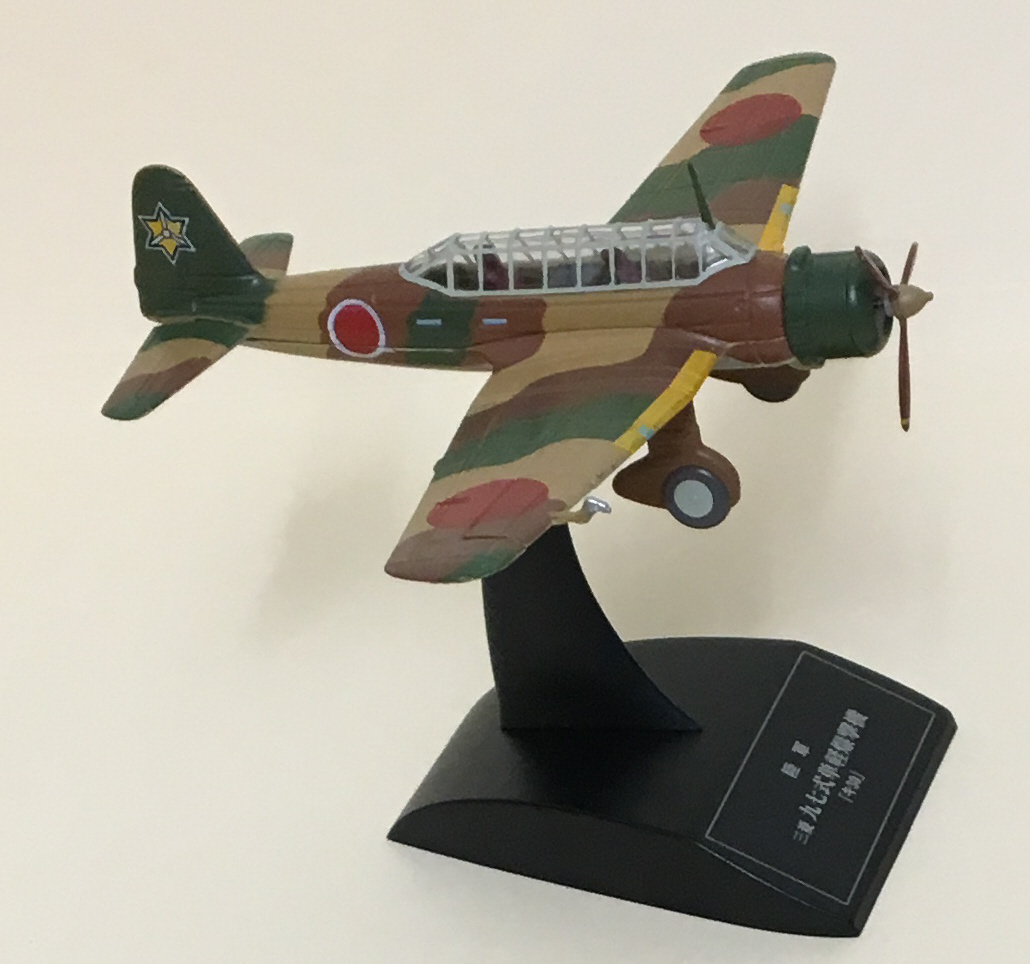FACTOIDS & TRIVIA
The Mitsubishi Ki-30 Type 97 (allied code name "Ann") was developed for the
Imperial Japanese Army to replace the Kawasaki Ki-3 light bomber (it
was a biplane, very obsolete). It had modern (by 1938 standards)
monoplane, stressed-skin construction with skirted, fixed landing gear
and tailwheel. It was used mainly as a ground attack aircraft
in northern and central China during the Second Sino-Japanese War. It
also saw action in the undeclared 1939 border conflict between Japan
and the Soviet Union known as the Battle of Bhalkhyn Gol or the
Nomonhan Incident depending on the belligerent perspective. From pilot
accounts, the Ki-30 was easy to fly and was a stable platform
for its role, but it was slower and less maneuverable than most
fighters. It was only effective if it had a fighter escort. When Japan
entered WW II, the Ki-30 was withdrawn from front-line service and used
as a trainer aircraft. Mitsubishi produced 618 Ki-30s and 68 were built
by Tachikawa. There is 60 seconds of archival footage of the
Ki-30 that gives a sense of how the plane was used (no death, terror or
destruction is shown): https://www.youtube.com/watch?v=03ZYbIls8L8
MITSUBISHI
Ki-30 Type 97 "Ann"

Class: Light Bomber
Crew: 2
Engine: Nakajima Ha-5 KAI 14-cylinder,
twin-row radial (950 hp)
Max Speed: 263 mph at 13,125 ft
Climb Rate: 1,640 ft/min
Service Ceiling: 28,115 ft
Range:
1,066 miles
Armament: 1 x .303 inch machine gun
(flexible mount rear-firing)
1 x .303 inch machine gun
(port wing mount)
880 lb
bombload
Model Scale:
1:100
Back
to the Japanese
Combat Aircraft of WWII
Menu

